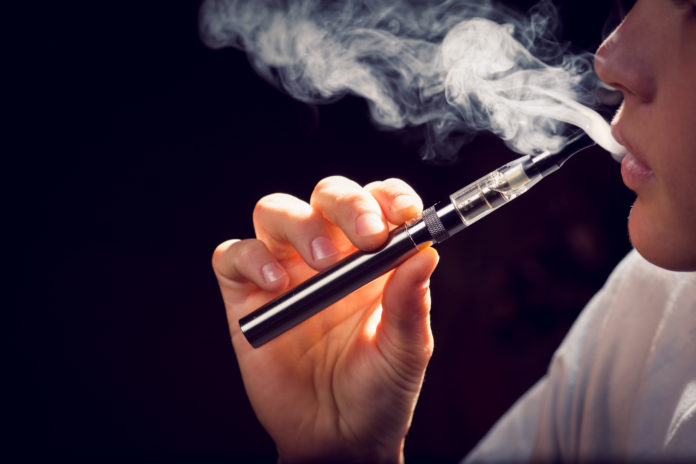By: Bryan Tropeano
Electronic cigarettes and vaping have had it tough. While people who put down traditional cigarettes in favor of vaping have long supported the industry, the feeling was not always mutual. Regulations from the Food and Drug Administration were poised to put an end to the industry as the U.S. had known it. Thanks to new research, new attitudes and a change to FDA regulations, it appears the tides are finally turning in the vaping industry’s favor.
FDA Changes
FDA deeming regulations that were set to go into effect in August 2017 would have made it improbable, if not impossible, for small vaping manufacturers to survive. The regulations required an extensive application process for each new product, with the cost of each application estimated at $400,000.
When new FDA commissioner Scott Gottlieb took the helm in May, he also took a different stance. Not only did he delay the deadline set to decimate the vaping industry, but he noted the application process would be reviewed. He also proposed a shift of focus. Instead of regulations that appeared to vilify vaping, he put the target on the most dangerous delivery method of nicotine.
While tobacco e-juice and other e-liquids do offer options containing nicotine, Gottlieb noted an even more harmful way to get nicotine is through combustible cigarettes. The nicotine in cigarettes is not what causes cancer and other diseases that kill millions each year, he explained. It’s the chemical compounds in the tobacco and the smoke created by setting the tobacco on fire.
Regulating nicotine to non-addictive levels in cigarettes is one idea he proposed, a move that could cut down on cigarette’s addictiveness. Adults who wanted higher levels of nicotine could turn to other sources, such as patches, gum, e-cigarettes, or vaping tobacco e-liquid or other e-juice.
Gottlieb stressed the importance of striking an “appropriate balance between regulation and encouraging development of innovative tobacco products.” Those innovate products, of course, may refer to e-cigarettes, vaping devices, and the best tobacco e-liquid for delivering nicotine with the least amount of potential harm.
Support from Other Health Organizations
The FDA isn’t the only health organization that’s beginning to view vaping in a positive light. A study from Public Health England pegged vaping and e-cigarettes as about 95 percent safer than traditional cigarettes.
A Cancer Research UK study looked at former smokers who made the switch to e-cigarettes or vaping. It found vaping reduced exposure to carcinogens as much as other nicotine delivery methods, such as patches, lozenges or gum.
A Royal College of Physicians report encouraged doctors to promote vaping as a substitute for smoking. The report said this encouragement should be made “as widely as possible” and “in the interests of public health.”
As support for vaping continues to grow at the government level, it makes sense that public sentiment would likewise follow suit. But even more important than public acceptance is the public impact, with vaping and e-cigarettes possibly holding the potential to help save millions of lives.
ABOUT THE AUTHOR
![]() Bryan Tropeano is a senior producer and a regular reporter for NewsWatch. He lives in Washington D.C. and loves all things Tech.
Bryan Tropeano is a senior producer and a regular reporter for NewsWatch. He lives in Washington D.C. and loves all things Tech.





